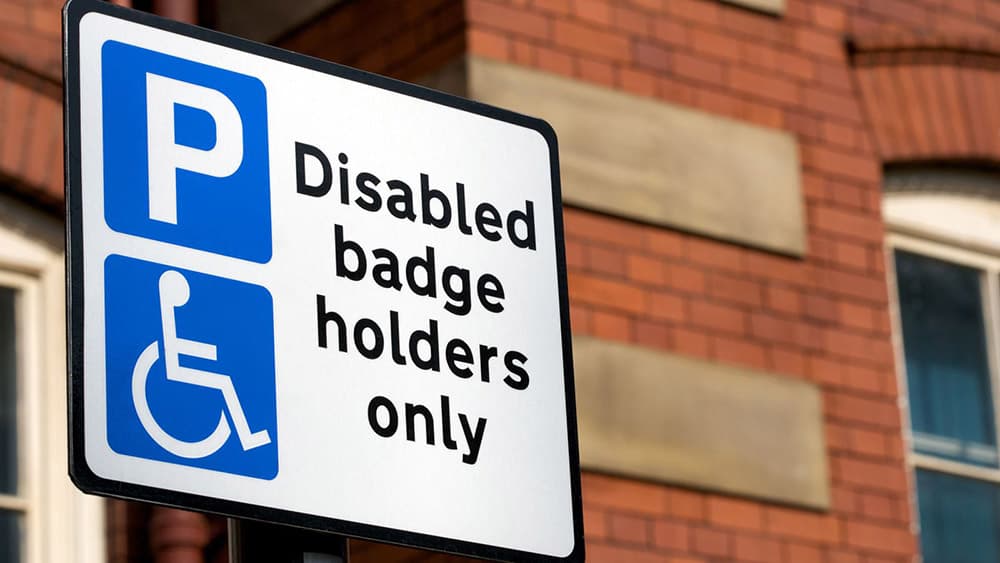More than 12,000 people with hidden disabilities benefit from Blue Badge scheme extension

Following the announcement in June last year that the Blue Badge scheme would extend to people with hidden disabilities, the Department for Transport (DfT) has revealed that 12,299 people have benefitted from the new criteria.
A Blue Badge can help people with disabilities access shops and services more easily by enabling them to park closer to their destinations. Initially, the Blue Badge scheme was just available to people with physical conditions but in August 2019, the eligibility criteria extended to people with hidden disabilities, such as Parkinson’s, dementia, anxiety and epilepsy.
According to the DfT’s latest statistics, in the first three months of the Blue Badge extension, 12,299 new badges – around 130 a day – were granted to people who cannot walk as part of a journey without considerable psychological distress or the risk of serious harm, as well as to people with a non-visible disability.
Transport Secretary Grant Shapps said: “People with hidden conditions like these have to fight not just their disability, but the psychological worry that others may not recognise them as disabled.
“I’m proud that our reform is already changing thousands of people’s lives, allowing those in need to carry on their daily lives with more confidence and helping combat loneliness and isolation.”
The new criteria was introduced as part of the UK Government’s aim to make its transport network more inclusive and accessible.
Samantha Tomlin, whose son Henry has autism and has a new Blue Badge, said: “The key thing with the Blue Badge is that is has increased safety and reduced anxiety for the child and their carer.
“For a parent or carer of someone with ASD, some of the most challenging times are the most mundane for others. A child with sensory difficulties can be triggered by a car horn or lights – and even road awareness can also be an issue – so going to a new location can be very stressful.
“When my son was younger sometimes I didn’t go out because I just couldn’t face trying to find a safe place to park near the shop or doctors.
“Having the blue just makes you feel slightly less anxious about the situation and feel your child is safer.”
Ahead of the change, DfT issued new guidance to councils in England on Blue Badge parking permit eligibility and launched a new online eligibility checker to make the scheme clearer for people before they apply.
While the new criteria gives clear and consistent guidelines on Blue Badge eligibility for the whole of England, DfT stresses that not everyone with hidden disabilities will qualify for a badge. It is up to local authorities to decide if an applicant meets the eligibility criteria.
The Government says that councils may need to review on street parking provision to increase the number of spaces, both in terms of the availability of disabled parking and the overall number of parking spaces if disabled spaces take up other existing parking spaces.
To help councils with the expected increase in applications, DfT has agreed with the Ministry of Housing, Communities and Local Government to provide £1.7 million to local authorities in England in the first year of the programme.

